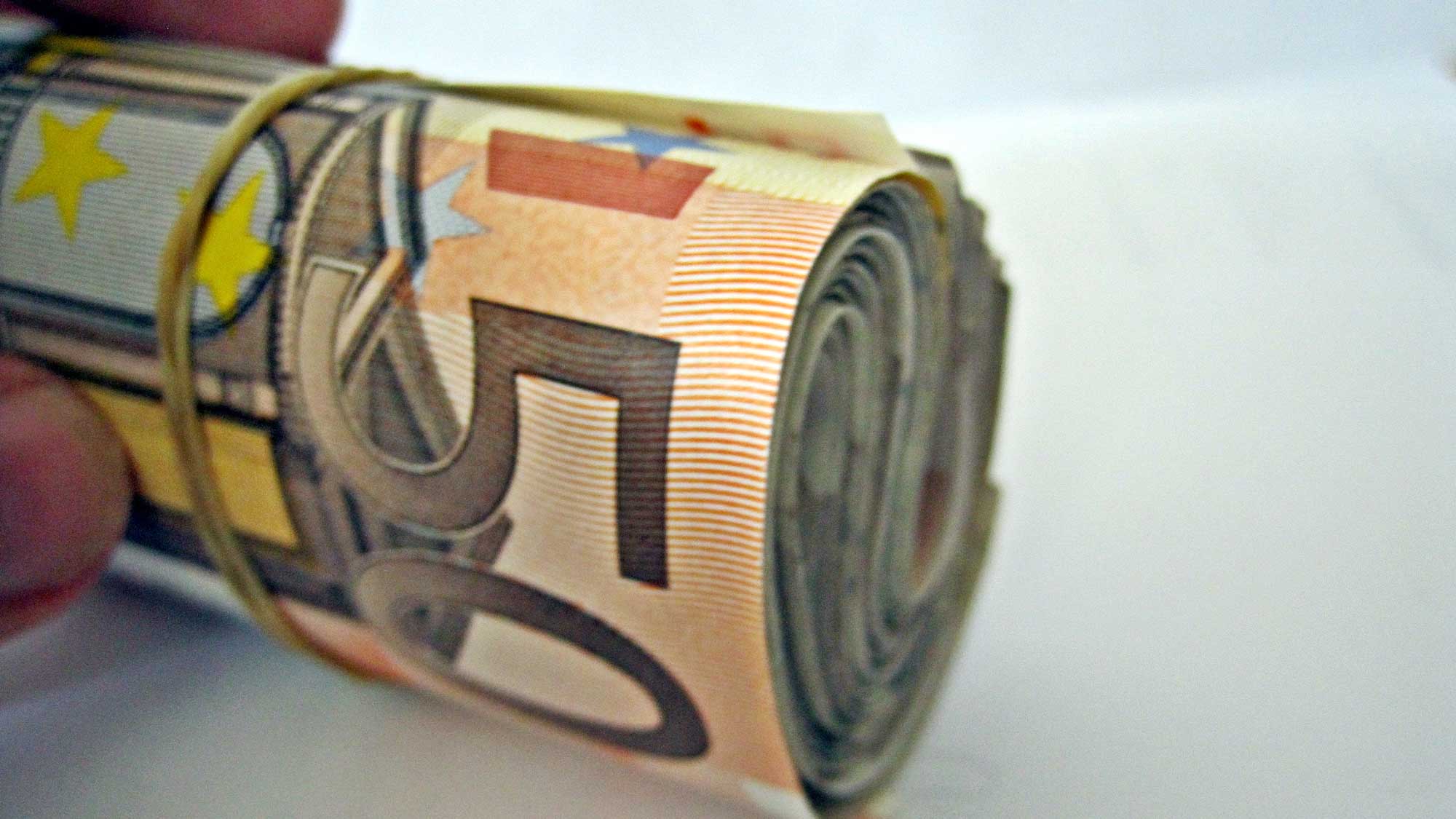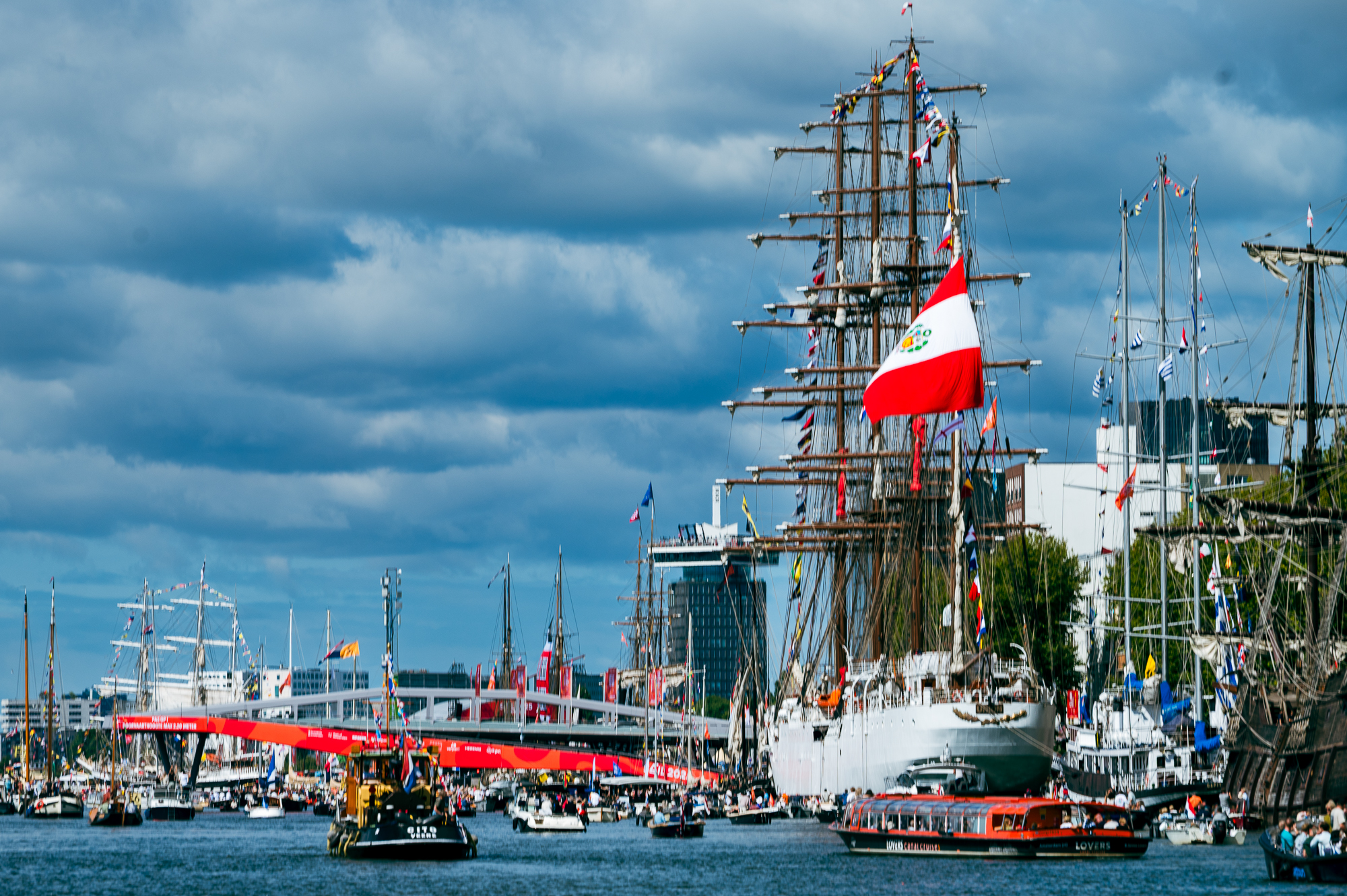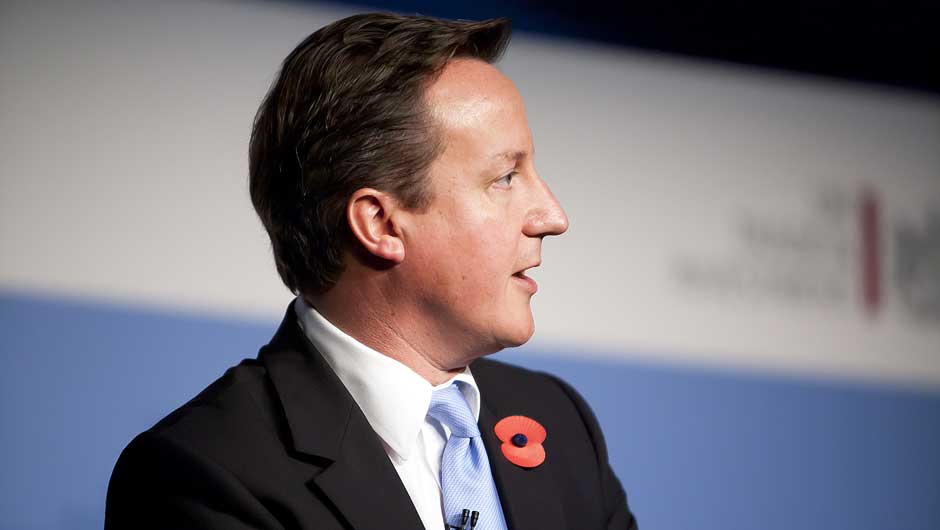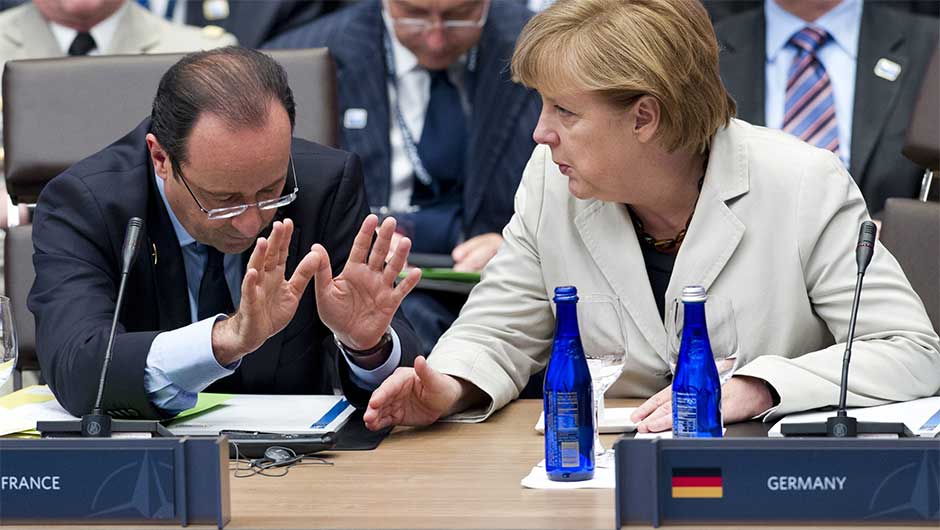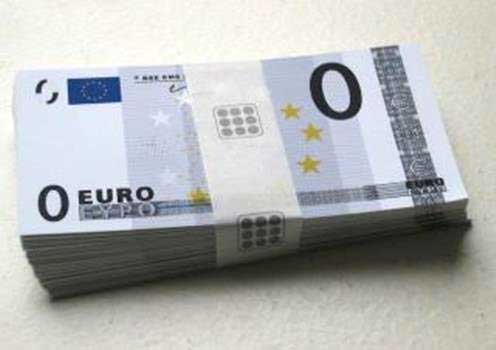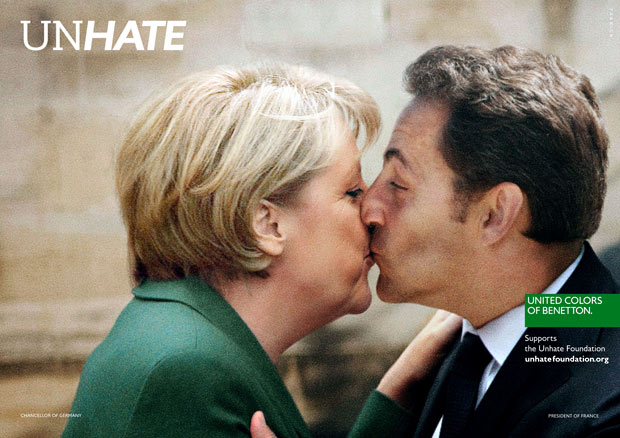Last Friday I described all the confusion that reigned among diplomats and journalists after the special summit of the Eurozone leaders in Brussels. This weekend it turned out that Dutch Prime Minister Mark Rutte and the European Commission were a in a Babylonian confusion. According to Rutte, the new aid package for Greece covers € 109 billion, yet according to the Commission it is € 159 billion. Who is right?
In Thursday’s final declaration (i.e. signed by both the Eurozone Governments, including Rutte, and the European Commission) refers to “total official financing”. The International Monetary Fund also speaks of crisp new banknotes worth “€ 109 billion in fresh financing for Greece.” According to the Council, official financing means only the contributions of the International Monetary Fund and the EFSF, the European Financial Stability Facility. Therefore, it explicitly excludes the private sector. This € 109 billion is in addition to the € 45 billion that remains of the package of € 110 billion that was agreed upon in May 2010. However, the question remains how much the IMF (probably a third) and how much the EFSF (probably 2/3) will contribute to the new package.
Uncertainty about private sector involvement
According to the IIF, the international banking lobby, the financial institutions will contribute around € 54 billion in the period 2011-2014 to the Greek bailout. The Commission, however, estimates this at €37 billion net, because of the €12.6 billion loss due to the debt buy back programme. A total of 25 banks have agreed to participate in the IIF plan [PDF], a little less than the 30 banks that were mentioned in a draft proposal on Thursday morning. This means that at least five banks already made it clear that they will not participate. And since it is a voluntary contribution, there may be quite a few others who will join this quintet of the unwilling. How much the final contribution of the banks and investors will be, is actually impossible to say.
After a lot of phone calls and e-mails today to the Council, the IIF, the EFSF and even to a few far more competent colleagues than I, I jumped to the following, somewhat surprising conclusion: the new aid package for Greece is both €109 billion, €154 billion, €159 billion and even €204 billion euros. That latter amount also includes assistance from the 2010-2011 aid package that Greece has not yet received.
Conclusion
Later today, the Dutch Cabinet will send an explanation to the Parliament to specify the exact amount that has been agreed upon. But Mark Rutte is absolutely wrong to include the contribution of the private sector into the 109 billion ‘official financing’. The European Commission is wrong by adding the two together. And everyone is mistaken about the real amount the private sector will contribute. The conclusion is typically European: everyone explains it in his own way, while no one is entirely right. Unless Greece will indeed default. In that case, nobody is right again and everyone will loose.
UPDATE 11PM: The Dutch Finance Minister sent the letter to the Parliament [PDF, in Dutch only]. It does indeed appear that my reasoning above is correct: the 109 billion does not include the private sector. The letter uses rather woolly language and contains completely irrelevant elements. One thing is clear: Mark Rutte was not paying attention last Thursday, yet dared to maintain his weekend that the European Commission was wrong.
UPDATE 00:45AM: The IIF has published a new list [PDF] of participating banks. The total number is 30 again.
This post is also available in:
![]() Nederlands
Nederlands ![]() Français
Français ![]() Español
Español
